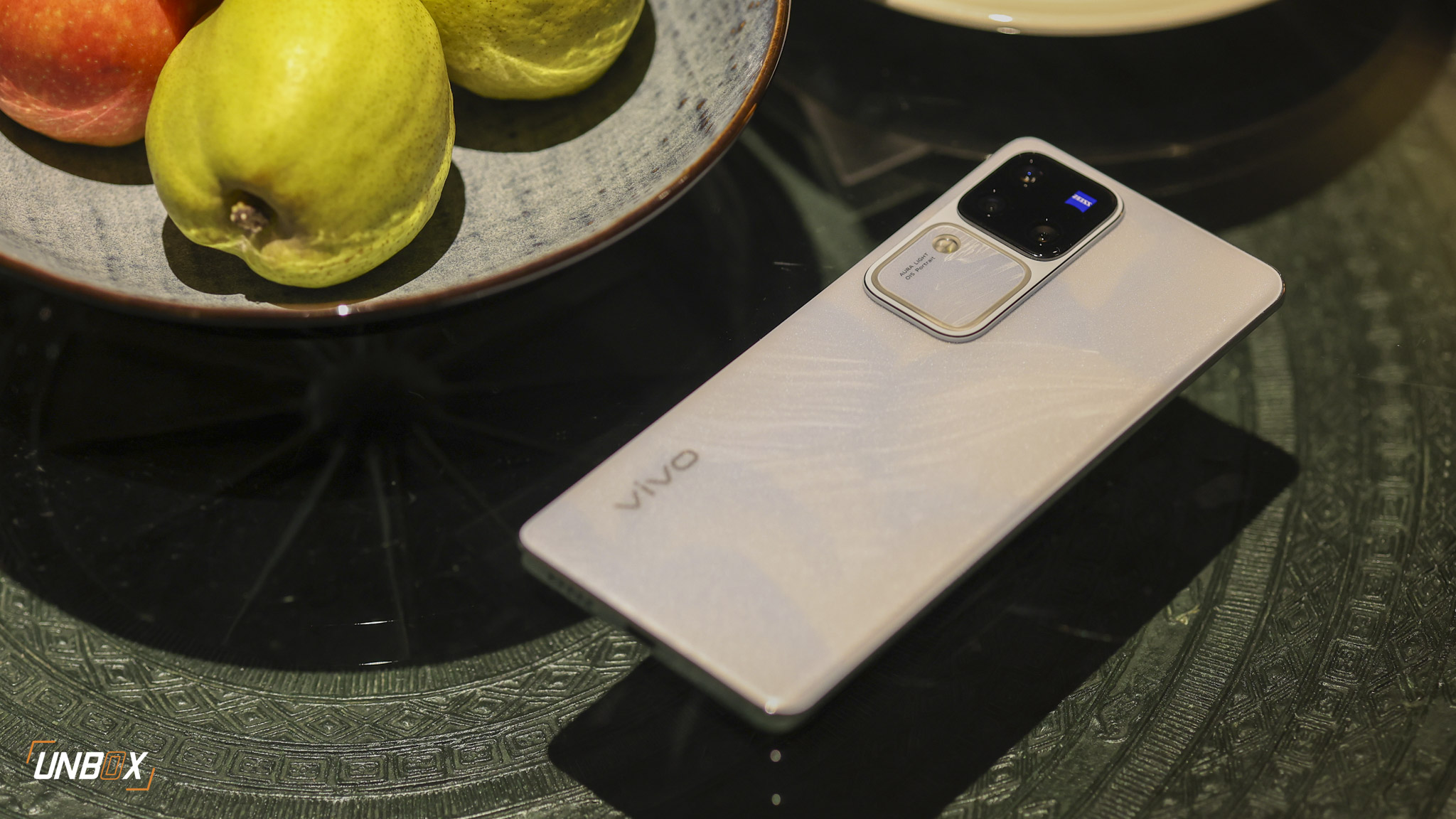We review the ZenFone Max Plus M1!
The 18:9 aspect ratio is becoming the defacto required feature for mid-range phones to even stand a chance in an extremely competitive market. Taiwanese manufacturer ASUS is well aware of this, and has released an updated version of their battery-focused ZenFone Max to take advantage of the new design trend. The ZenFone Max Plus M1 trades a few hundred mAh in favor of a full HD, 18:9 display and better cameras which would have been fine trade-off if it wasn’t for a puzzling processor choice that gums up the works.
Is the ZenFone Max Plus M1 truly a battery king? We’ll find out. But first, the specs:
ZenFone Max Plus M1 Specs
- MediaTek 6750T Processor
- 4GB RAM
- 5.7-inch 18:9 full HD+ IPS Display
- 32G Internal Storage
- 16-megapixel f/2.0 primary camera and 8-megapixel wide angle rear camera with PDAF
- 8-megapixel f/2.0 front camera
- 4G, LTE
- Dual SIM
- WiFi, Bluetooth
- GPS, A-GPS, GLONASS, Fingerprint Scanner
- 4130mAh battery

Design: The ZF4 Max’s fraternal twin
With development times being what they are, it made sense for ASUS to simply adapt an already existing design to use for their first 18:9 phone. Specifically, we’re talking about the ZenFone 4 Max. ASUS took many of the same design cues from that particular phone and applied it to the ZF Max Plus M1 with a few tweaks.

The curved sides, camera placement as well as the coloration of the new phone looks pretty close to the ZF4 Max, though obviously ASUS had to make a few changes to accommodate some of the new features on the old chassis.
Specifically, they moved the front-mounted fingerprint scanner to the rear. We don’t really mind this change – we prefer rear-mounted fingerprint scanners to front-mounted ones anyway, since your finger naturally falls to that particular area when you’re holding the phone with your hand.
The volume and power buttons are still located on the right side of the phone, and the 3.5mm jack, USB port and speaker grille are still at their old haunts, namely on the top and bottom respectively. The dual-camera module is still located on the upper left side of the phone, flanked on the right by an LED flash.
One nice thing about the ZF Max Plus M1 is that it can accommodate two SIM cards and a microSD slot – no need to choose between extra storage or an extra SIM.
Because of the display, the chunky chin and top portion of the previous battery-centric model has been largely reduced. The front facing camera is located on the top, along with the other sensors and earpiece.

Display: Good enough for the price
Since the phone uses an 18:9 aspect ratio, the ZF Max Plus M1 has reduced bezels on the side, giving the display an overall size of 5.7-inches. The side bezels aren’t as thin as we’d like, but they’re thin enough that they’re not going to be much on an eyesore as you use the phone.
As for actual display quality, the one on the ZF Max Plus M1 isn’t too bad. There’s good viewing angles all around, and colors are pretty accurate. The extra pixels on the top and bottom of the phone mean you get more screen real-estate when you’re using Facebook, Instagram, Chrome and other apps that support it.

Performance: Older MT6750T really hurt performance
Powering the ZF Max Plus M1 is MediaTek’s MT6750T octa-core processor running at 1.5GHz, paired with 4GB of RAM and 32GB of expandable storage.
ASUS’ choice of processor is a little puzzling for the phone. While we’ve seen other budget devices bear the MT6750T processor before, the decision to put what is essentially a budget chipset on a mid-range device is a little disappointing. While navigation and app use was largely unaffected by the chipset’s age (it was announced back in 2016) people looking to play Android games with the new phone will have to tone down graphical settings if they want smooth, consistent frames.
The lithography (manufacturing process) used with the MT6750T is also a little problematic, considering it’s built on 28nm process. The smaller the die, the more power-efficient the processor is, and many phones that it’s going up against have processors that are using the more power-efficient 14nm or 22nm manufacturing process. The phone’s lithography and processor age has a big impact on battery life, as you’ll see later.

Software: Face Unlock is a cool feature, but we still recommend using fingerprints
Just like most phones that ASUS releases, the ZF Max Plus M1 comes with their ZenUI 4.0 overlay on top of Android Nougat.
While we still yearn for a more stock Android experience, ASUS has taken positive steps to reduce the bloatware included in their phones, which has helped substantially in the overall user experience.
New with the ZF Max Plus M1 is the face unlock capability. The feature worked reasonably well, though it relies too much on the available light level to work accurately. We’ve found it to flounder a bit in places with dim lighting, though you can bypass it with your fingerprint if it’s not registering in low light.

Cameras: Dual cameras are an improvement over previous model
The ZF Max Plus M1 has better cameras than the ZF4 Max. The main shooter is a 16-megapixel deal with PDAF an f/2.0 aperture lens, paired with an 8-megapixel panoramic wide camera.
Overall image quality has improved thanks to that wider lens and higher resolution sensor, though images will still suffer a little bit if there’s not enough light around you when you’re shooting. Color reproduction is good and overall picture quality is what you’d expect from a phone at its price range. No surprises there.
The 8-megapixel wide camera is still a little underwhelming, fit to be used only in places where there’s plenty of light. Don’t even try to use it in low light.
Battery: This is the Zenfone Max we know
The whole point of the ZenFone Max series of phones is providing longer run times thanks to bigger than average batteries in their bodies. With the ZF Max Plus M1 taking a hit in the battery department in favor of a better display, many have been curious to see how long the phone lasts on a single charge.
Initial results on our synthetic benchmarks were very disappointing given the Max series has been known for but after an update to help optimize battery life, we’re happy to say that the M1 lives up to its “Battery King” moniker. The new results on PC Mark’s battery benchmark has the device clock in at 11 hours and 28 minutes. In real-world use, that amounts to about a day and a half of juice though mileage will vary depending on usage habits.
One of the main complaints of past iterations of the Max series was the fact that it didn’t support fast charging and we’re glad that Asus has listened to the people. Topping up the Max Plus M1 will take about 2 hours, which isn’t bad considering its capacity.

Verdict: Lives up to its pedigree but in for a tough fight!
On paper, the Asus Zenfone Max Plus M1 checks most boxes that make it a pretty good option for those looking for less than Php 12,000. You’ve got an 18:9 display with great pixel density, an improvement on its dual cameras, premium build quality, and great battery life that makes it live up to its given name as the Taiwanese company’s Battery King. The chink in its armor is the MediaTek processor that may leave heavier users wanting a bit more power under the hood, so keep your usage habits in mind if you are looking to pick up the M1.
While the phone certainly lives up to its pedigree, the extremely crowded and competitive marketplace for the mid ange market means that ASUS has its work cut out for it with the ZenFone Max Plus M1.
The phone retails for Php 11,995 and will go on sale on January 14. First 200 customers will receive exclusive freebies that amounts up to Php 7,595.
Check out how the Asus Zenfone Max Plus M1 stacks up against some of its competition by clicking on the links below:
1Q2018 Mid-Range Comparo: ASUS ZenFone Max Plus Vs. OPPO F5 Youth
1Q2018 Mid-Range Comparo: ASUS ZenFone Max Plus Vs. Cloudfone Next Infinity Quattro



















